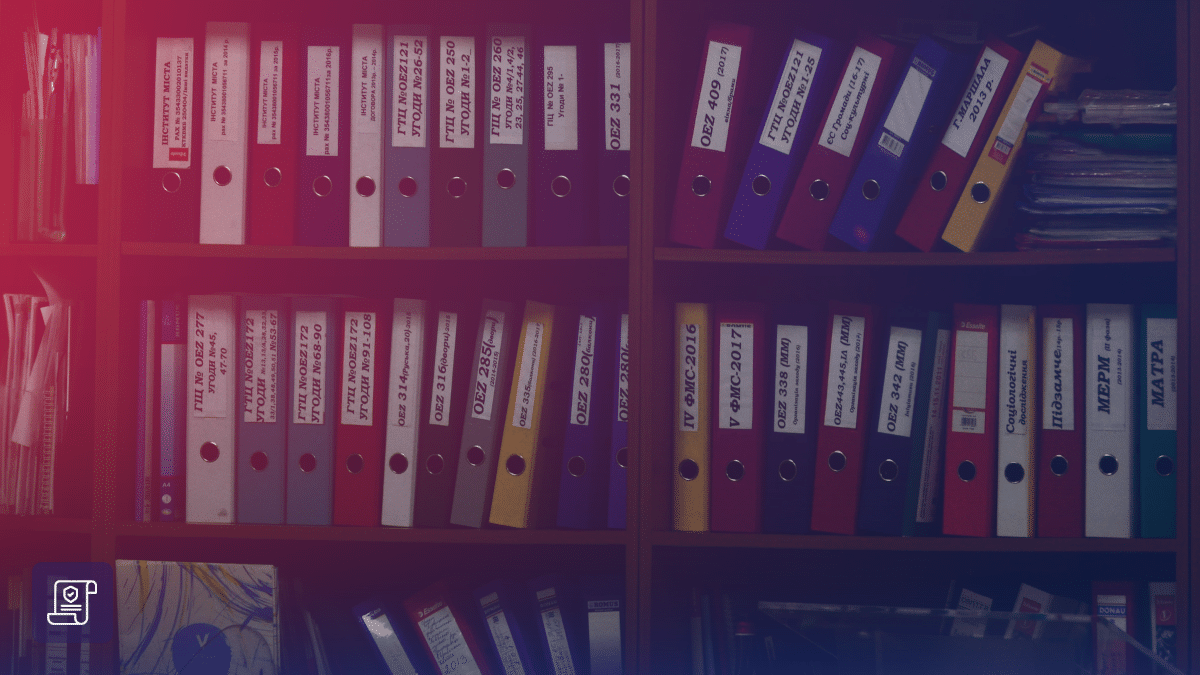
From improving customer experience to establishing brand authority, data normalization has wide-ranging applications in retail and ecommerce.
Whether you’re in retail, hospitality or housing, it’s fair to say that any modern company deals with large volumes of data on a daily basis. This data could be anything from inventory product attributes, to customer information.
As data is arguably the most valuable commodity today, it is important to have a clear understanding of the processes involved to keep it organized, actionable and relevant at all times.
One of the most effective methods for teams to achieve this objective is data normalization, which is a process of cleansing, structuring and organizing datasets. The end result is consistent data that is free of anomalies, redundancies, etc., making it easy to process, analyze and gather insights.
Why normalize data
It is inevitable for the data that organizations have gathered over many years to contain redundant information. The main motivation behind normalization is to remove these duplicates to free up storage space and make accurate analyses.
Structuring any dataset has various other benefits for companies across industries, including:
- Improve efficiency of marketing and sales efforts by maintaining more effective customer profiles
- Optimize resources to reduce clutter, free up storage, and in turn, improve response times for better user experience
- With site-wide consistency in messaging and formats, improve public trust and market authority
For a more detailed look on the importance of data normalization, please check out one of our older blogs on the topic:

Data normalization in ecommerce
Ecommerce, as an industry, is heavily reliant on product and customer data. Smart catalog and customer management is key to better customer satisfaction, revenue generation and growth. As such, data normalization holds greater significance in ecommerce compared to other markets.

Benefits for retailers
Data normalization offers retailers an effective way to easily manage ever-expanding inventories, and edit or add new attributes in record-breaking time.
The following are some of the major ways retailers can profit by normalizing their data:
- Site-wide consistency throughout your website — achieved thanks to normalization efforts — ensures seamless experience for all your visitors.
- With consistent messaging, users across geographies see the same information (product name, description, etc.) for the same product.
- Organizing product data helps avoid duplication of any product, where conflicting information might otherwise be displayed — different specifications, prices, for example.
- Data normalization also helps drastically improve the integrity and accuracy of data, leading to more effective analyses and better insights.
- When new fields or attributes need to be added to product databases, normalization helps minimize complexities, drastically reducing server-side delays.
- This in turn improves client-side access times. The wait time is then drastically reduced for visitors and apps that access and use your data.
- Retailers who proactively structure their databases are also able to offer their customers additional guarantees, like automatic filling of delivery addresses during checkout, safe delivery of their purchases, and much more.

Consequences of non-normalized data
Once you understand the benefits of normalization, it is easy to imagine how detrimental not doing so can be.
For retailers, some of the consequences of non-normalized data are:
- With hundreds of thousands of products in inventory, attributes like measurement units, currencies, volume, size, etc. are bound to contain multiple formats. Without normalization, this leads to data inconsistency.
- Inconsistent information about products and their attributes then confuses visitors who may not be familiar with the different formats and units being used.
- Without normalization, you could also be wasting your customers’ time by having them browse unnecessary pages before landing on the exact product page.
- All of this ultimately leads to distrust in your brand authority. As a result, start to see diminishing ROI and revenue over time.
Make data normalization a habit
We’ve seen how beneficial data normalization is to any industry, let alone ecommerce and retail.
It may seem daunting to review and organize all your data today. But the rewards you reap later — via historical data insights — will help your business scale new heights.
In addition, normalizing data also improves an organization’s daily workflows, which is why every data-driven business should make it a habit.
About Grepsr
At Grepsr, our primary goal is to always deliver the highest quality data to our customers, and we have rigorous quality checks to ensure we fulfil it every single time.
The basic aspects of data normalization — deduplication, standardization, etc. — are always the first parts of our QA process. The datasets we deliver are therefore consistent, reliable and actionable straight out-of-the-box, so you’re able to quickly gather insights and charter the path of continued success.





















